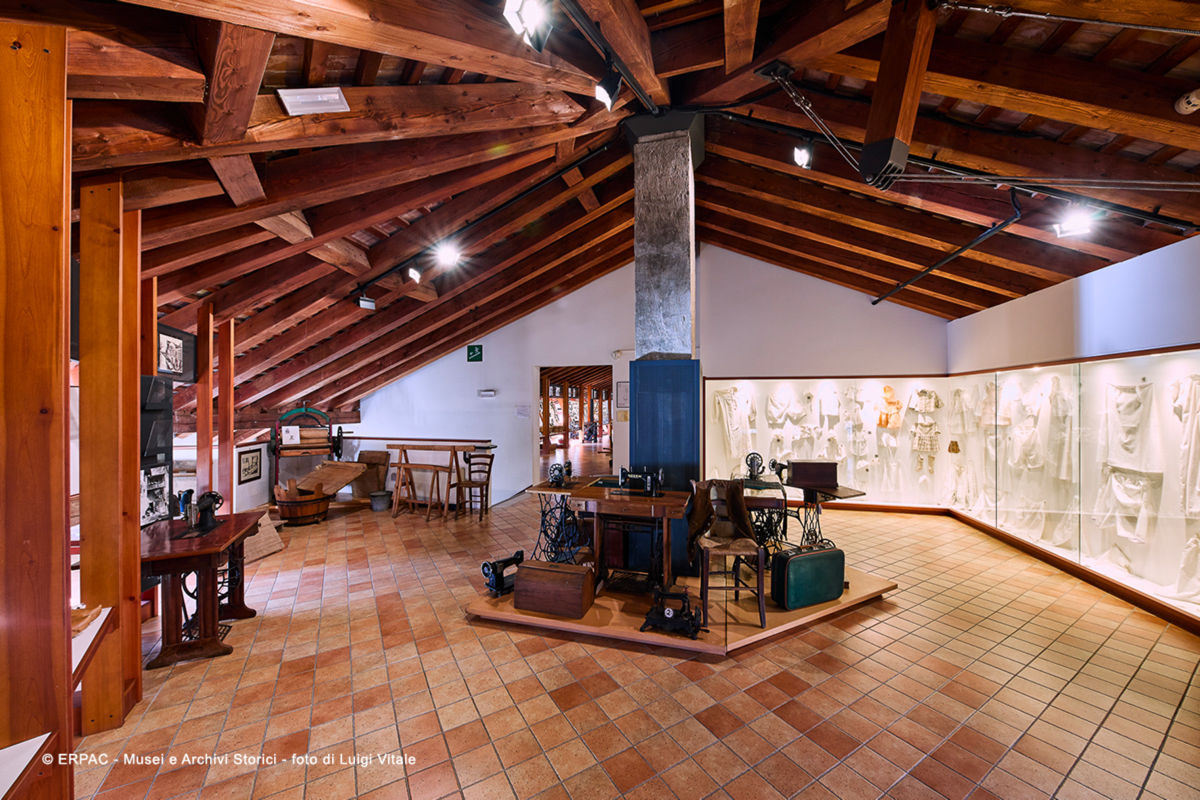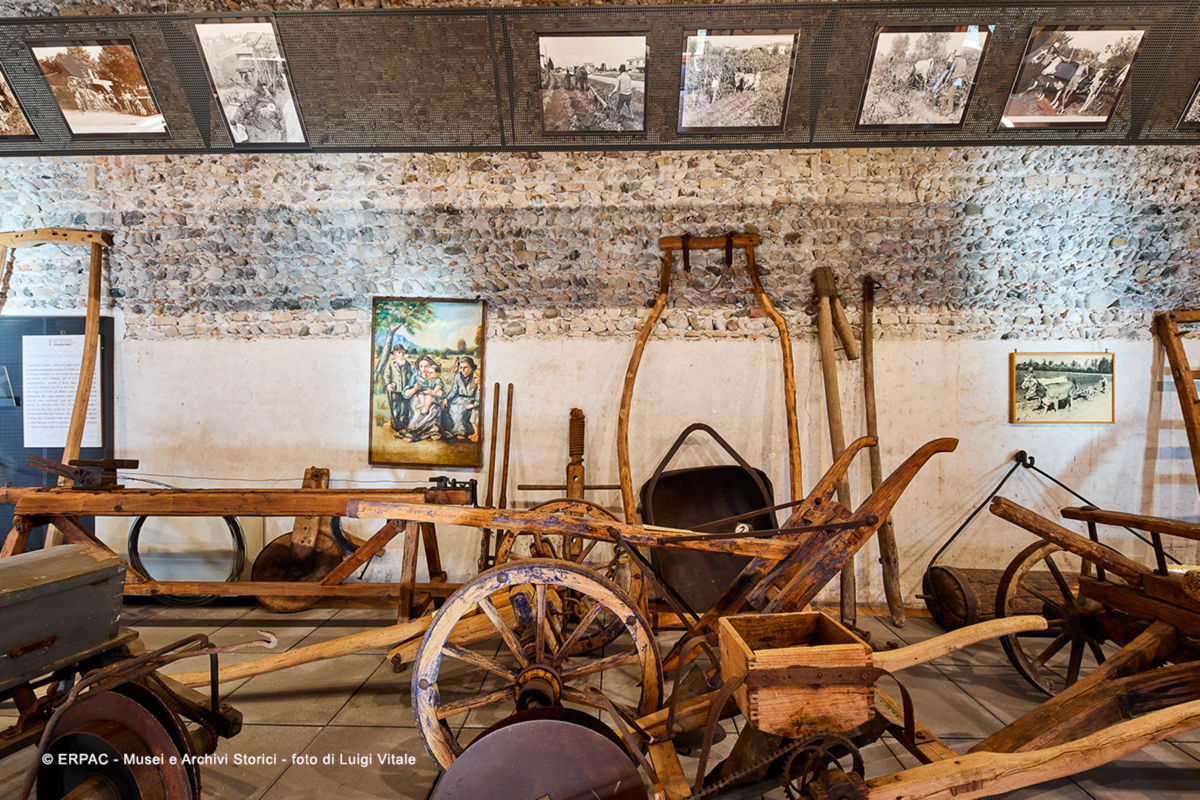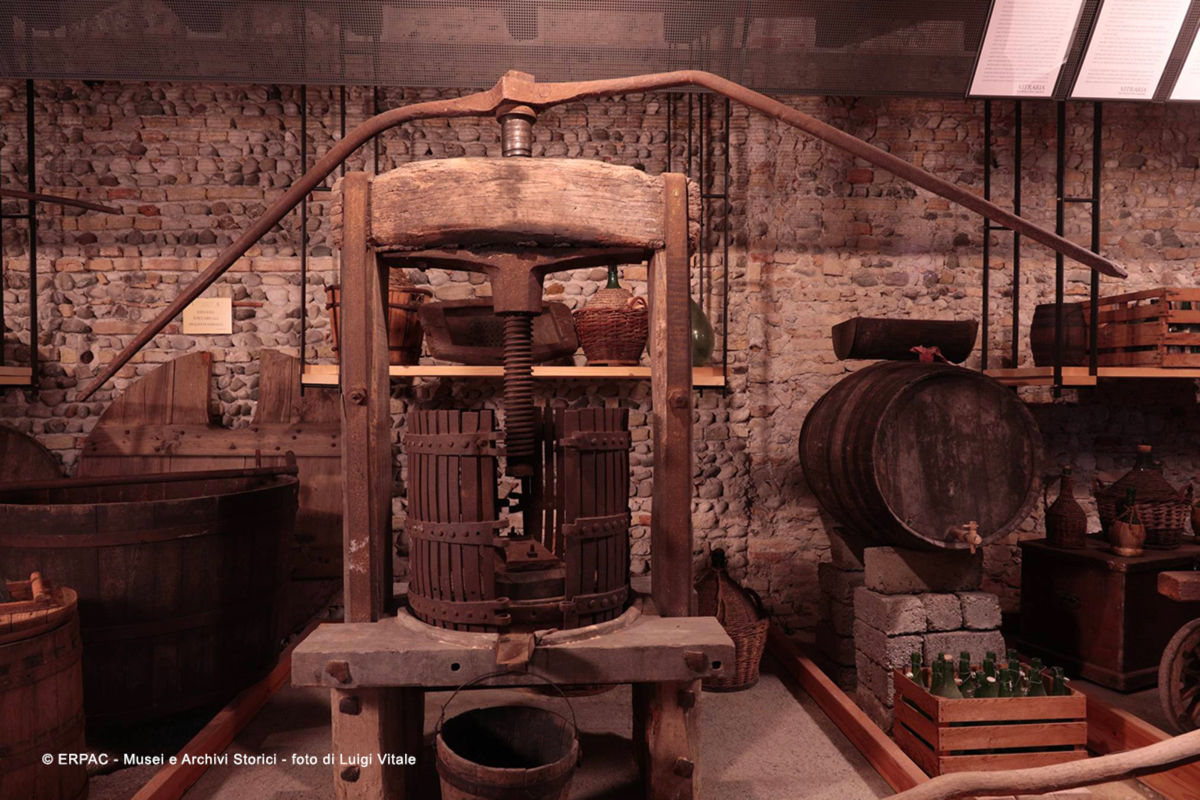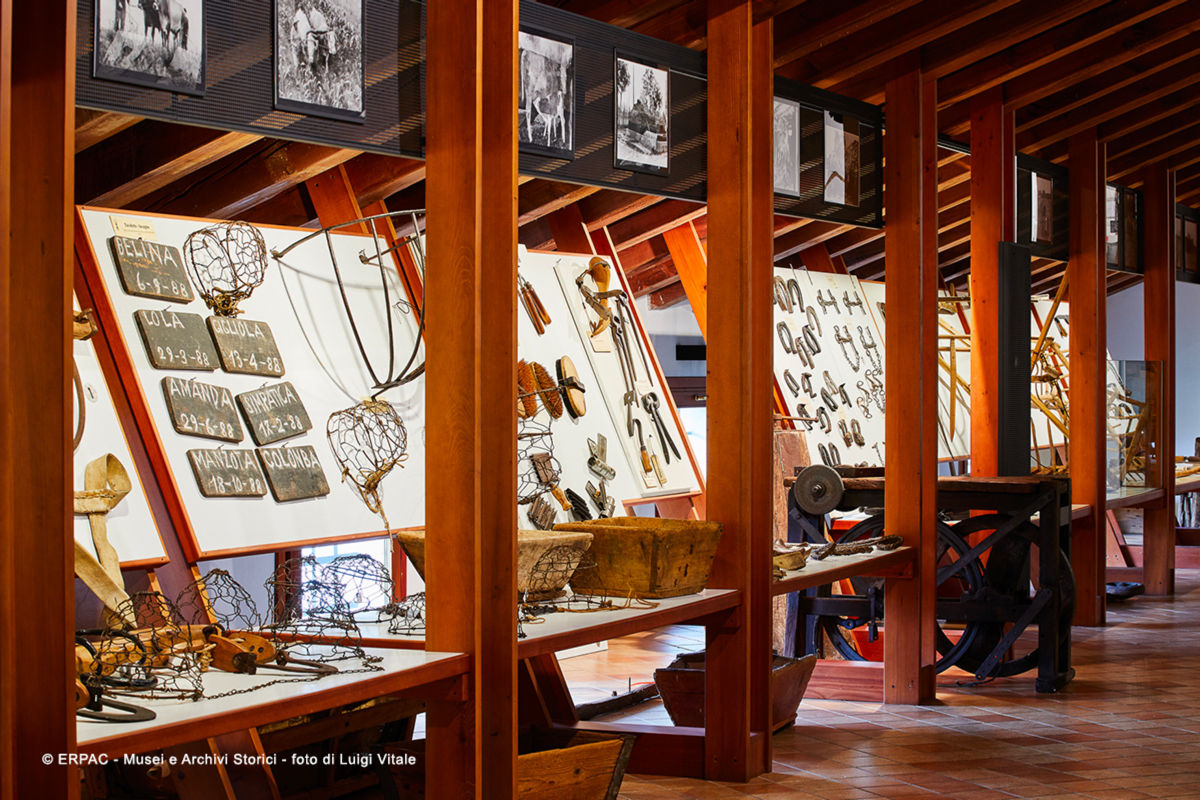Palazzo Altan
The Consortium is based in Palazzo Altan, 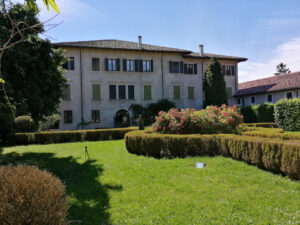 which was built in the early 1600s and is one of the most prestigious historic buildings in San Vito al TagliamentoA noble palace of great charm, notable architecture and artistic interest, it humbly stands on the main road. The property is unassuming on the main road, however, once you enter through to the elegant back garden
which was built in the early 1600s and is one of the most prestigious historic buildings in San Vito al TagliamentoA noble palace of great charm, notable architecture and artistic interest, it humbly stands on the main road. The property is unassuming on the main road, however, once you enter through to the elegant back garden 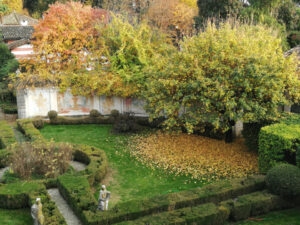 you will be amazed. The garden is divided into two distinct parts. The first part of the garden faces the internal facade and is sectioned off by an exedra that still has traces of frescoes. This is a traditional Italian garden with flowerbeds adorned with statues. You can access the second garden through a passage in the center of the hemicycle. This second garden is a typical English garden with tree-lined paths and surrounded by a moat and walls and has a unique circular tower which was perhaps once used as a barn or ice house.
you will be amazed. The garden is divided into two distinct parts. The first part of the garden faces the internal facade and is sectioned off by an exedra that still has traces of frescoes. This is a traditional Italian garden with flowerbeds adorned with statues. You can access the second garden through a passage in the center of the hemicycle. This second garden is a typical English garden with tree-lined paths and surrounded by a moat and walls and has a unique circular tower which was perhaps once used as a barn or ice house.
In the vast complex of Palazzo Altan there is also a small church and, in the old stables, the Provincial Museum of Rural Life.
The museum originates from the remarkable collection donated by Professor Diogene Penzi: his commitment to recovering the vestiges of the past has made it possible to bring together evidence of local peasant life in a single organic collection.
A roundup of objects taken from everyday work in the fields, between traditions and customs, tools of ancient trades and signs of life, cooking scents and flavors now abandoned. In the exhibition itinerary, there are testimonies from the rural world, from sericulture to haymaking, from spinning and weaving to the processing of the land, to grapes and milk. And so, the peasant world lives on in memories through objects in the rich and well-kept exhibition.
San Vito al Tagliamento
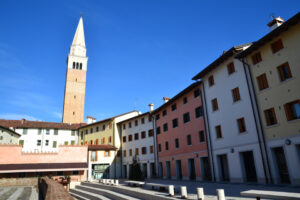
The origin of San Vito al Tagliamento dates back to prehistoric times as documented by various archaeological researches. A place linked to a river, the Tagliamento, and an area of resurgences, therefore suitable for human settlement, it has evidence dating back to the Mesolithic and Neolithic.
The territory also experienced Roman and Longobard domination but the first real turning point came with the influential patriarchal presence and then with the Venetian occupation which gave the town a new structure, very close to its current one. Both the Patriarchs and the Venetian nobles gave much to this land, close to Venice as well as to Aquileia and Udine. Their interventions and their commissions were innumerable and so every little church from the center to the outskirts still bears a fresco, every building a decoration or simple embellishments.
The Serenissima will leave traces of itself with beautiful palaces and gardens in the center of San Vito, supporting and enhancing its architectural, artistic and cultural development and also influencing the language. The center within the walls will remain Venetian for centuries until today, while the rooted Friulian language survives in the neighboring countryside. The Venetian dominion will cease to exist in 1797 with the arrival of the Napoleonic troops and, after the revolts and the wars of independence, in 1866 San Vito was annexed to the new Kingdom of Italy. After the difficult periods of World Wars I and II, the rebirth led to a significant industrial, economic and social revolution, full of cultural events that expose all of its innumerable beauties.
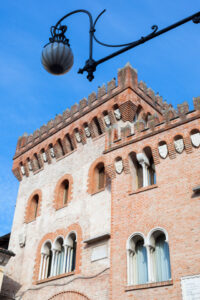
The historic center of San Vito originates from the Castle, a fortified building dating back to the 12th century, born as a defensive fortress and equipped with its own walls. The Castle of San Vito was the seat of the powerful Patriarchate of Aquileia who made it one of their homes and, subsequently, it also became one of the residences of the noble Altan family. What remains today of the Castle is a structure that echoes more the noble residence rather than a medieval defensive building. An imposing building, the result of several aggregate buildings, with the first round of the town’s walls, the pit and the base of the walls, partially re-emerged and rebuilt.
The historic center boasts the 16th century Piazza del Popolo, 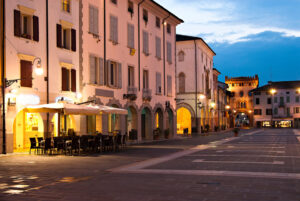 expanding to the Caste of San Vito with its first walls and the first village. The ancient Public Loggia, the first seat of the San Vito municipality overlooks the square. The impressive square once housed the farm market, where citizens could buy grain, produce and livestock. A small but splendid Italian style theater overlooks the piazza, it is named Arrigoni Theater, a tribute to the San Vito composer Giangiacomo Arrigoni.
expanding to the Caste of San Vito with its first walls and the first village. The ancient Public Loggia, the first seat of the San Vito municipality overlooks the square. The impressive square once housed the farm market, where citizens could buy grain, produce and livestock. A small but splendid Italian style theater overlooks the piazza, it is named Arrigoni Theater, a tribute to the San Vito composer Giangiacomo Arrigoni.
The Cathedral of San Vito al Tagliamento, was built in 1745 and dedicated to Saints Vito, Modesto and Crescenzia, and stands on the foundations of a fifteenth-century cathedral by the will of the last patriarch of Aquileia Daniele Dolfin. The plain facade hides inside a real art gallery of works dating back to different eras.
In close proximity are the Church of Santa Maria dei Battuti (Holy Mary of the Flagellants) and the Old Hospital. Built at the end of the 15th century and later annexed to the Old Hospital, the Church of Santa Maria dei Battuti presents one of the most beautiful cycles of frescoes by Pomponio Amalteo, pupil and son-in-law of the painter Giovanni De Sacchis, known as Il Pordenone. The Old Hospital of the Confraternity of the Flagellants, already operating in 1369, was built along the city walls, near the transit route where pilgrims and sick people could easily stop to be welcomed into the hospice.
Sources:
– “Il giardino di Palazzo Tullio Altan nella San Vito dei Giardini. Azioni di tutela e restauro con una lettura storica” (The garden of Palazzo Tullio Altan in San Vito dei Giardini. Conservation and restoration with a historical interpretation) by Paolo de Rocco Pub. La Panarie, year XXXV, no. 134, September 2002, pp. 15-39
– “San Vito al Tagliamento” by AA.VV. pub. Le Tre Venezie, year XVIII, 2001, no. 115
– “San Vito al Tagliamento” Town of San Vito al Tagliamento, Department of Heritage and Cultural Activities
